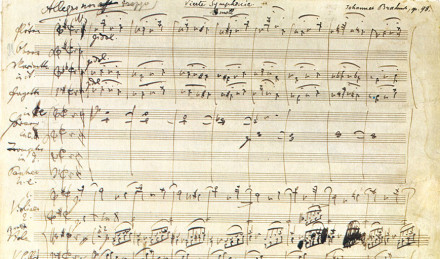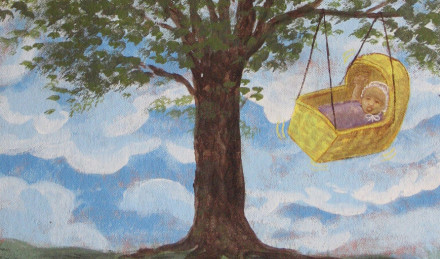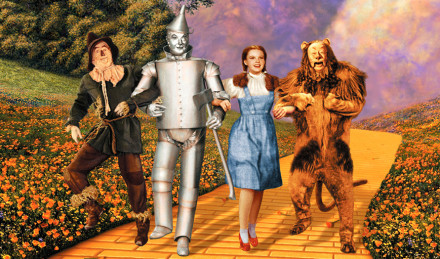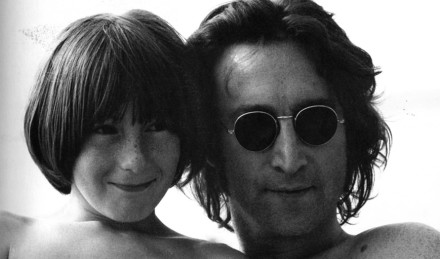Sure, they’ve served as the soundtrack to many a restless night. And you’re absolutely certain that your mom is the best at singing them. But there’s more to lullabies than mockingbirds and lilting melodies…

An Ancient Tradition
“Wiegenlied: Guten Abend, Gute Nacht” — better known as Brahms’s Lullaby (the one you start humming when you see the word “lullaby”) was composed nearly 150 years ago, but Moms were serenading their little ones long before that. Babylonian clay tablets dating to 2000 BC hold the first known cradle song, composed in cuneiform symbols.

Loved the World Over
Lullabies are universal: Found in almost every language around the world, they cross cultural boundaries. Regardless of origin, most lullabies are comprised of a few repetitive verses arranged over a 6/8 time signature, a meter that mimics the back and forth of a comforting rocking motion.
The Science of Soothing
A 2013 music therapy study focused on NICU infants found that the fixed meter and decibel of recorded music could not compare to live lullabies. Singing songs with a personal meaning not only helped regulate the babies’ sleep patterns and heart beats, but also reduced stress and anxiety in parents.

Beyond Brahms
Modern moms have adopted songs from their childhood to supplement traditional tunes. New favorites include picks from pop culture like “Somewhere Over The Rainbow” and “When You Wish Upon A Star” (originally sung by Dorothy of Oz and Jiminy Cricket, respectively). Some are actually old songs made fresh to 21st century ears, like the Abbey Road classic “Golden Slumbers,” which borrows its lyrics from an Elizabethan poem.

Rock and Roll Baby
Speaking of The Beatles…John Lennon penned “Good Night” — the closing track on the White Album — to help his son Julian go to sleep. Intentionally cheesy with a sweeping orchestral arrangement, the song has been covered countless times, and the simple lyrics have turned it into a new bedtime anthem.
#Sleepytime
How will this folkloric art form continue in our digital era? Kimberly Henderson’s rendition of “How Will I Know” went viral late in 2014. It also put her 1-year-old daughter back to sleep in real time. Are modern babies more evolved in their musical taste? As Kimberly told the press at the time, “She won’t go to sleep for anything. She likes Whitney Houston and Mariah Carey.”




